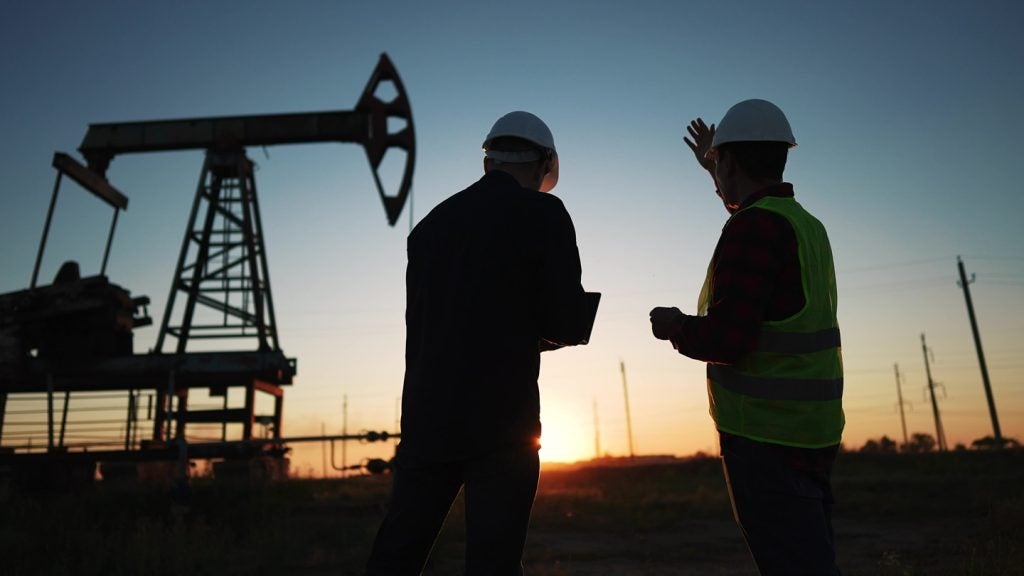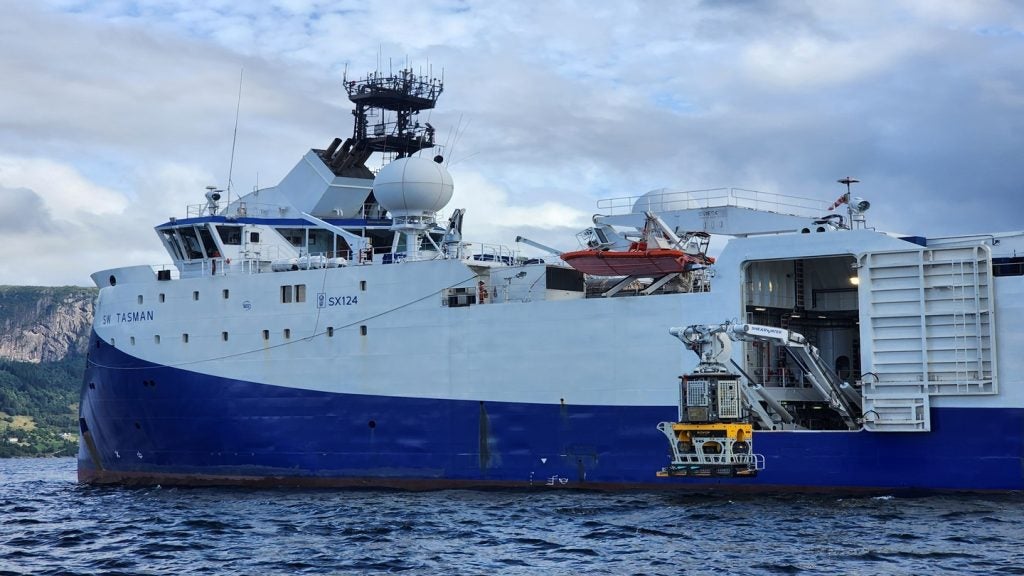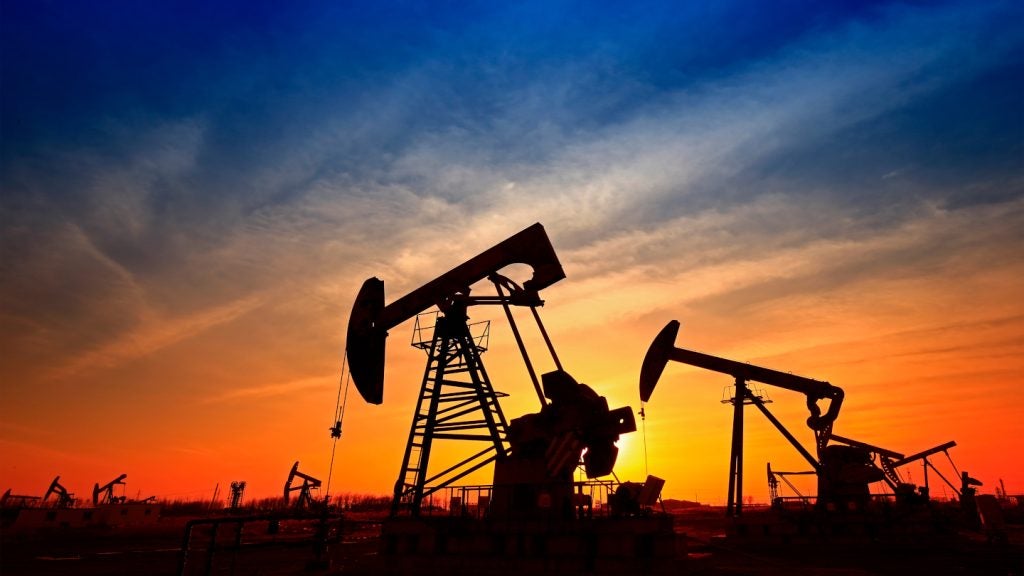A study by a leading economist in New Mexico, the second-largest oil producer in the US, has revealed that potential drilling restrictions could reduce the state's future crude output by up to 5.4% and lead to a significant loss in revenue, Reuters has reported.
The proposals under consideration for the 2024 legislative session aim to safeguard the public from oil and gas pollution by limiting proximity to certain structures and environmental areas.
The proposed drilling setbacks in New Mexico, set to take effect in 2026, could impact 15% of new wells.
New Mexico's Legislative Finance Committee chief economist Ismael Torres stated: "The topic is complicated and requires more time to evaluate and analyse than what was provided during the session. This presentation was to provide the committee with further analysis.
"It is too early to know what, if any, setbacks will be proposed in the upcoming session."
According to the state's economist, approximately one-third of wells might become non-viable. This translates to an estimated loss of about 12.5 million barrels of oil in the first year, escalating to around 35 million barrels by the early 2030s.
The financial implications are substantial, with production value losses potentially reaching $4.5bn annually by 2034.
The Permian shale field, a portion of which lies within New Mexico's borders, is a significant contributor to the state's oil production.
As of July 2024, New Mexico was producing 2.04 million barrels per day, according to the latest figures from the US Energy Information Administration.
The report indicates that more than half of the wells likely to be affected by the new restrictions are situated on private land, with Lea County — a rapidly growing oil-producing region — notably affected.
The Legislative Finance Committee of New Mexico has been briefed on the report, which details the specific setback distances that would be imposed.
Drilling operations would be prohibited within 2,250ft of most residential, educational, health or correctional facilities, and drilling would be halted 650ft from bodies of water such as streams, lakes, ponds, wetlands or irrigation systems.
Drilling activities would be restricted within 300ft of all other surface water sources.















